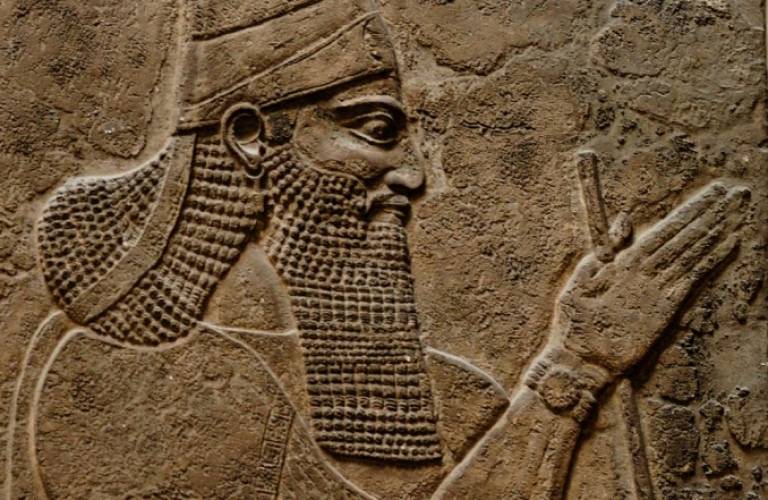Taking Assyrian history beyond academia

12 November 2014
The achievements of the Assyrian empire are little known today. Through educational websites accessed by thousands of users from around the world, Professor Karen Radner has transformed this situation by bringing research and primary documents to contemporary audiences in an accessible form.
From the 9th to the 7th century BC, the Assyrian empire dominated the ancient world. Its infrastructural and administrative heritage shaped the Middle East for millennia and its history illuminates key features of imperialism in general. But limited access to the ancient sources has severely inhibited the study of Assyria: cuneiform script and Akkadian language are little taught and text editions are rarely accessible.
Professor Karen Radner (UCL History) has studied the power relations and interactions between the king and his subjects. In a second research project, she identified the key strategies and innovations which made this vast empire work, and analyses state correspondence to understand the practicalities of running a state in the late 8th century BC.
These projects underpin the two important web resources - Knowledge and Power in the Neo-Assyrian Empire and Assyrian Empire Builders - Professor Radner has developed to bring a research-based understanding of the Assyrian empire to a global audience. These online resources are now used around the world and have helped further interest in Assyrian history.
Knowledge and Power received over 5,000 unique visitors per month in 2012, with over a quarter as repeat visitors. Most came to site via non-academic routes, such as Facebook or Wikipedia, and a surprising number came from areas where Ancient Near Eastern History is not taught, such as Brazil and the Philippines. The site led to invitations for Professor Radner to speak on popular radio such as the BBC Radio 4's In Our Time in 2008. In 2012, a Brazilian journalist was sufficiently inspired to interview her for a magazine feature.
Assyrian Empire Builders includes a searchable online corpus of Assyrian state correspondence with context and explanatory materials. It received over 3,000 visitors a month in 2013. Many of these visits also came from surprising areas, such as Sweden where the subject is taught at only one university, but is the home of a large refugee population of Iraqi Christians who seek their roots in ancient Assyria. The site has also been cited on websites and blogs for other Middle Eastern groups who believe they have links to the Assyrians.
Ancient Assyrian culture is at once familiar and strange. Its idiosyncrasies are revealed by thousands of original documents that survive because durable clay was the Assyrians' most common writing material. Until recently known only to specialized academics, these texts are now accessible to anyone with an internet connection. - Professor Karen Radner
The two websites are popular resources for the teaching of ancient Assyrian history, with many hits originating via a children's reference book publisher, and with positive feedback received from schools.
Thus, the impact of Professor Radner's research as disseminated via these websites has had a truly global reach and has been highly significant in contributing to the cultural heritage of several ethnic and religious groups, but above all in making possible for the first time the study Assyrian history in detail at all levels, from school to university to independent self-taught students.
Related links
- Knowledge and Power in the Neo-Assyrian Empire
- Assyrian Empire Builders
- State Archives of Assyria Online
Images
- Tiglath Pilesar III stone panel, Assyrian, ca. 728 BC, at the British Museum. From the Central Palace in Nimrud. (c) Marie-Lan Nguyen / Wikimedia Commons
 Close
Close

